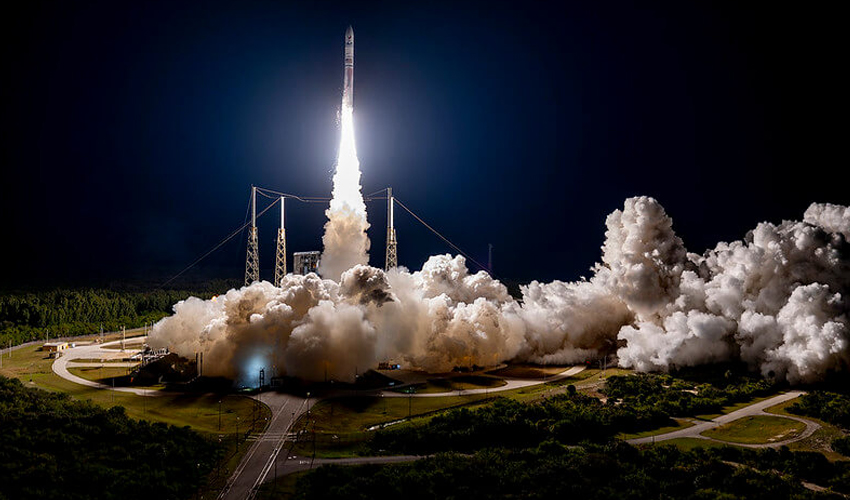In a monumental attempt to reach the moon after over 50 years, the American lunar mission has encountered a critical setback. Initiated on January 8 by a private enterprise in partnership with NASA, the mission aimed to land on the moon using Astrobiotic Technology’s Peregrine lander propelled by the United Launch Alliance’s Vulcan rocket.
Unfortunately, complications arose swiftly after the launch, as the spacecraft experienced a significant fuel leak. Astrobiotic’s endeavor now focuses on guiding the lander as close to the moon as possible before the spacecraft's operations cease.
The issue appears to stem from a propulsion system malfunction, leading to fuel leakage and thwarting the scheduled February 23 lunar landing. Efforts are now redirected to salvage valuable data due to the malfunction.
The mission carried a payload of 20 items for both governmental and private clients. Despite a successful liftoff from Florida, the propulsion system’s activation post-separation from the rocket initiated the fuel leakage.
While Astrobiotic maneuvered the lander’s solar panels for battery charging, the limitations imposed by fuel loss restrict the mission’s journey to only January 11. Regrettably, this impediment dashes hopes of the first US moon landing since 1972.
Despite this setback, Astrobiotic plans to execute five additional lunar missions throughout 2024. Notably, the company has raised $450 million from governmental and commercial contracts for the forthcoming mission.



























